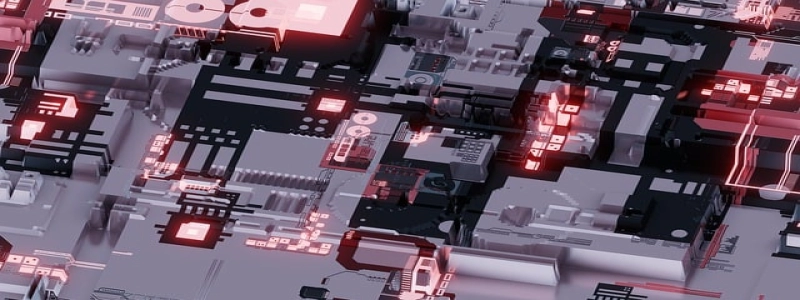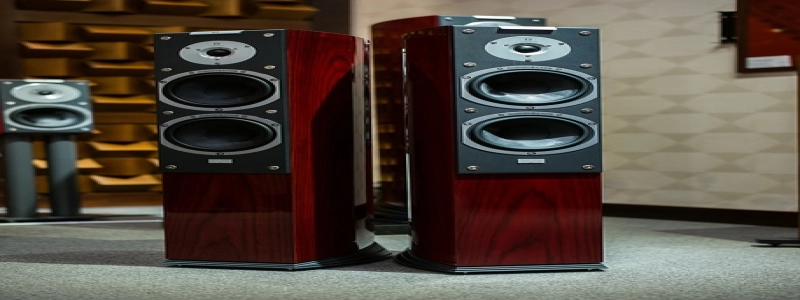Ethernet Controller
Introduction:
The Ethernet controller is a vital component found in most computers and networking devices. It is responsible for connecting the device to a local area network (LAN) and facilitating communication between devices. In this article, we will explore the functions and features of the Ethernet controller.
1. What is an Ethernet Controller?
1.1 Definition:
An Ethernet controller, also known as a network interface card (NIC) or network adapter, is a hardware device that allows a computer or networking device to connect to a local area network (LAN) using the Ethernet protocol.
1.2 Functions:
The primary function of an Ethernet controller is to transmit and receive data packets over a network. It converts digital data into a form that can be transmitted over Ethernet cables and vice versa. The controller also performs error checking and data verification to ensure reliable data transmission.
2. Types of Ethernet Controllers:
2.1 Integrated Ethernet Controller:
Most modern computers come with an integrated Ethernet controller built into the motherboard. This type of controller is commonly found in laptops, desktop computers, and servers. It often supports high-speed connections such as Gigabit Ethernet.
2.2 Expansion Card Ethernet Controller:
In some cases, a user may need to add Ethernet connectivity to a computer that does not have an integrated Ethernet controller. In such situations, an expansion card Ethernet controller can be installed in an available expansion slot on the computer’s motherboard.
3. Features of an Ethernet Controller:
3.1 Speed:
Ethernet controllers support various speeds, ranging from 10 Mbps (megabits per second) to 1000 Mbps or more. The speed of the controller determines the maximum data transfer rate over the network.
3.2 Duplex Mode:
Ethernet controllers can operate in either half-duplex or full-duplex mode. In half-duplex mode, data can be transmitted in both directions but not simultaneously. In full-duplex mode, data can be transmitted and received simultaneously, increasing the overall network’s efficiency.
3.3 Wake-on-LAN:
Some Ethernet controllers support the Wake-on-LAN feature, which allows a computer to be powered on remotely. It enables the computer to receive a signal over the network, even when it is in a powered-off state, allowing for remote management or wake-up operations.
4. Importance of Ethernet Controllers:
Ethernet controllers are crucial for establishing network connections and enabling communication between devices. They play a vital role in enabling internet access, file sharing, printer sharing, and other network-related activities. Without an Ethernet controller, a device would be unable to connect to a LAN and participate in network communication.
Conclusion:
The Ethernet controller is an essential component that enables devices to connect to a local area network and facilitates data transmission. It acts as a bridge between the device and the network, allowing for seamless communication and network functionality. Understanding the functions and features of the Ethernet controller is crucial for anyone working with networking devices or troubleshooting network connectivity issues.








